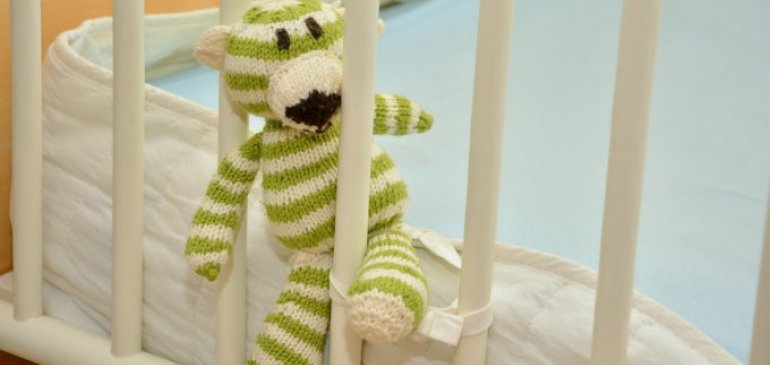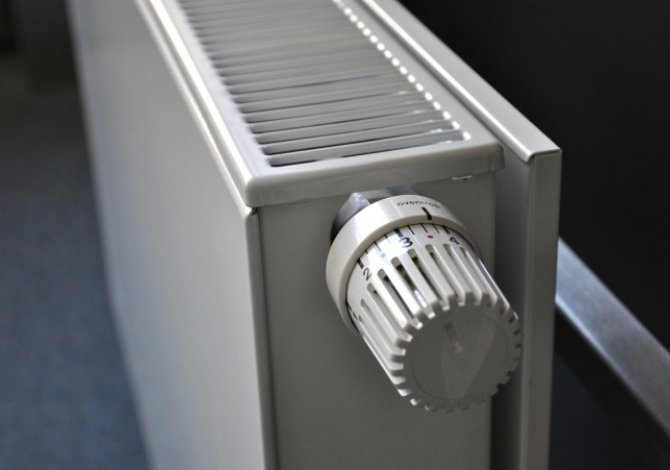Cot bumpers are a practical solution which is able to ensure not only safe play for the baby, but also sleep and rest. Their most important task is to protect the infant from injuries which it could get if it was allowed to put its head or hands between the rungs of its cot. They allow you to leave your baby in his room without fear that something will happen to his health without the presence of adults.
Cot protector and its purpose Not long ago it was difficult to imagine successful preparations for the arrival of the baby if we did not have a protector prepared for him. This was mainly due to the construction of cots with rungs located quite far apart from each other. The baby was able to put his head between the rungs, but as you can imagine, was not always able to pull it out. If it got stuck and there was no adult nearby, the baby could even suffocate. Fortunately, nowadays, with the stringent safety standards imposed by cot manufacturers, such incidents occur less and less frequently. The distance between the rungs has shrunk considerably, and is now between five and seven centimetres. The bed protector itself has not become unnecessary, but one cannot help but notice that its function has changed somewhat. Today its main task is to protect the toddler from hitting himself, which can happen not only during play, but also during sleep. Bearing this in mind, it is hard to argue with people who think that the protector is rather useless in the first weeks of a baby's life, i.e. when it is constantly lying in one position. The risk that he will hit himself is negligible. It turns out, however, that it is worth investing in a protector at the very moment when the child begins to gain mobility. When the child starts to roll and makes his first attempts to sit up, it is not particularly difficult to inflict quite painful injuries.
Types of protectors It is not hard to guess that manufacturers of protectors do not offer just one solution that would work in all circumstances. The most popular protectors are still one-piece protectors, also called traditional, i.e. those whose construction is the least complicated. They consist of a long strap with binding on the sides. They are quite thin, but at the same time they are stiff enough to effectively prevent injuries. They may turn out to be excellent especially for older children who need some space in the cot. Recently, however, there has also been more and more talk about modular protectors, also called pillow protectors. They consist of six pillows, each 5 centimetres thick. Each pillow is sewn separately, which makes it possible to arrange them in any way in the cot. Pillows have special ties, so you can freely tie them to the cot. An alternative to such a solution is a braid, i.e. a protector valued also because it is a real decoration of the child's bedding.
https://dedekids.pl/pl/c/Ochraniacze-na-lozeczko/31
















Comments (0)